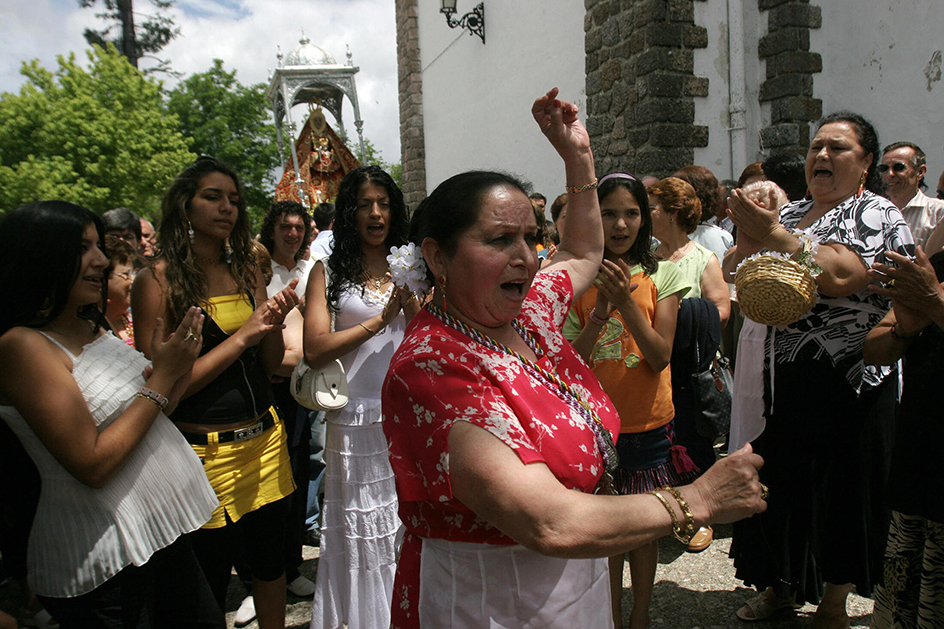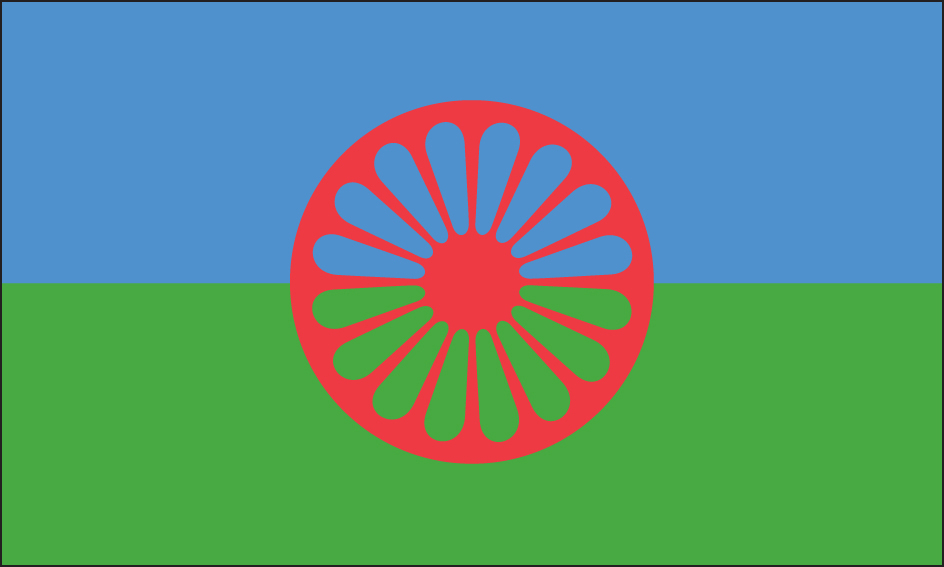Roma are a traditionally wandering people whose ancestors lived in India. They are sometimes called Gypsies, Romanies, or Travellers (also spelled Travelers). The Roma live in almost every part of the world, but most live in central and eastern Europe. The Roma have faced mistrust and discrimination for centuries.

The name Roma refers to the people as a whole and to the largest group of them. Most groups prefer the name Roma for the people in general rather than Gypsy, because Gypsy has sometimes been used as an insult. In addition to the specific group called the Roma, whose members live throughout the world, other groups include the Cale of Spain, the Manouches of France, and the Sinti (or Sinte) of Germany.
No one knows how many Roma there are because many live in small groups on the outskirts of society. Estimates suggest about 12 million Roma live throughout the world. The largest numbers of Roma live in central and eastern Europe. Bulgaria, Hungary, Romania, Russia, Slovakia, Spain, and Turkey have large Romani populations.
Language and culture.
Many Roma speak their own language, called Romani. Romani belongs to the Indo-Iranian group of languages, and it varies from place to place. Most Roma also speak the language of the people among whom they live. However, many Roma cannot read or write any language.
Most Romani families consist of a husband and wife, their unmarried children, their married sons, and the sons’ wives and children. In many cases, a group of related families forms a band that lives and works together. The highest authority is the kris, a tribunal of leaders who pass judgments based on Romani religious and philosophical beliefs.
Roma have long been noted as musicians and dancers. They have borrowed from and added to the music and dance of many other cultures. Some Roma follow traditional Romani occupations, such as fortunetelling, metalworking, horse trading, and animal training and doctoring. Because their traditional crafts are not often needed in modern society, many Roma are unemployed. They frequently live in extremely poor conditions. Many Roma have settled down, but some are still nomads. Many of the cultures they live among mistrust the Roma because of their poverty and different way of life.

History.
The Roma left India about A.D. 1000 and began to move westward through the Middle East. They arrived in Europe by the 1300’s. Some Roma claimed to have come from a country called Little Egypt. The word Gypsy is probably a shortened form of Egyptian.
At first, Europeans welcomed the Roma. But they soon turned against the Roma as the newcomers wandered through Europe, telling fortunes and begging. Many countries passed laws that banned the Roma unless they abandoned their traditional culture, settled in one place, and became employed. When Europeans began to colonize the Americas, some Roma settled there.
European prejudice against the Roma led to their mistreatment. In Moldavia and Walachia, which later became Romania, Roma were used as slaves until the mid-1800’s. During World War II (1939-1945), the Nazis murdered hundreds of thousands of European Roma. In the mid-1900’s, Communist governments in Europe forced many Roma to leave their traditional way of life and to settle in cities and towns.
In the late 1900’s and early 2000’s, violence against Roma increased. The European Union and other international bodies have frequently criticized central and eastern European governments for their lack of action to improve conditions for the Roma.
Romani leaders have formed organizations to try to improve their situation and to pressure political leaders to address their problems. The first World Romani Conference was held in London in 1971, and others have been held since. In 2001, the International Romani Union Parliament held its founding meeting in Bratislava, Slovakia.
See also Cave dwellers ; Flamenco ; Reinhardt, Django .
